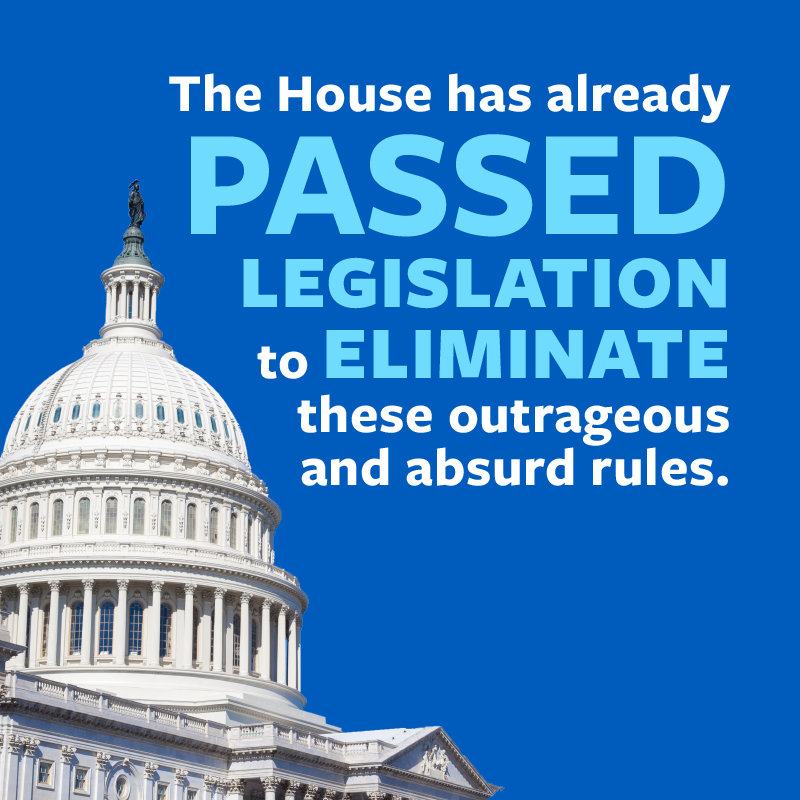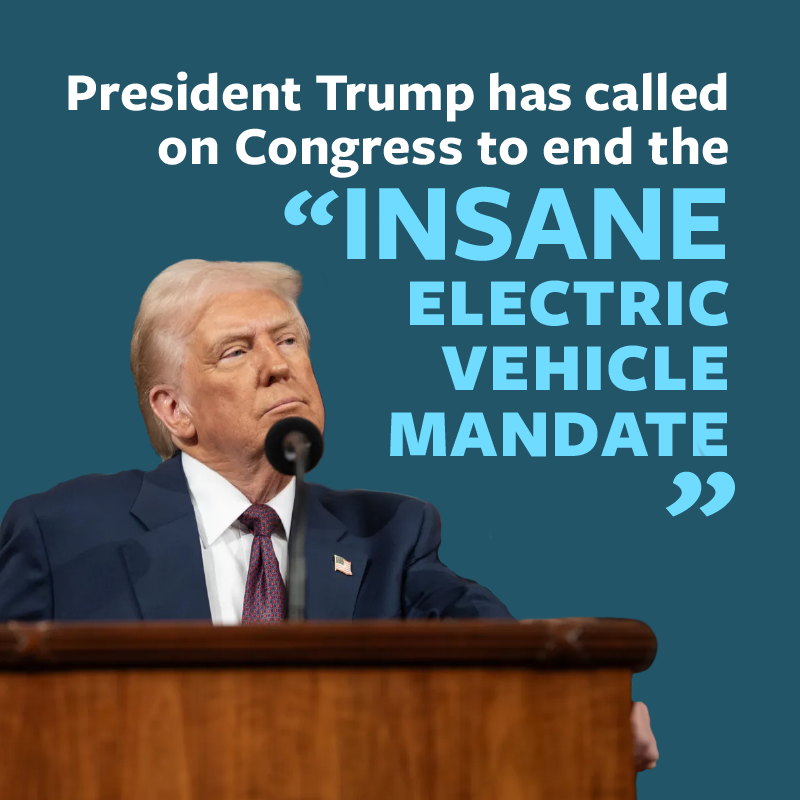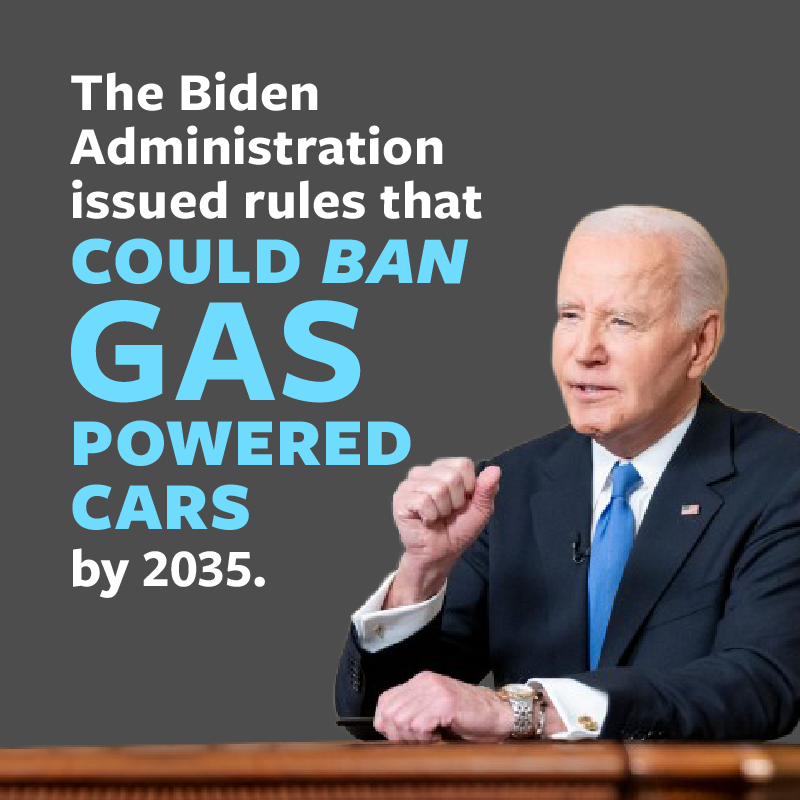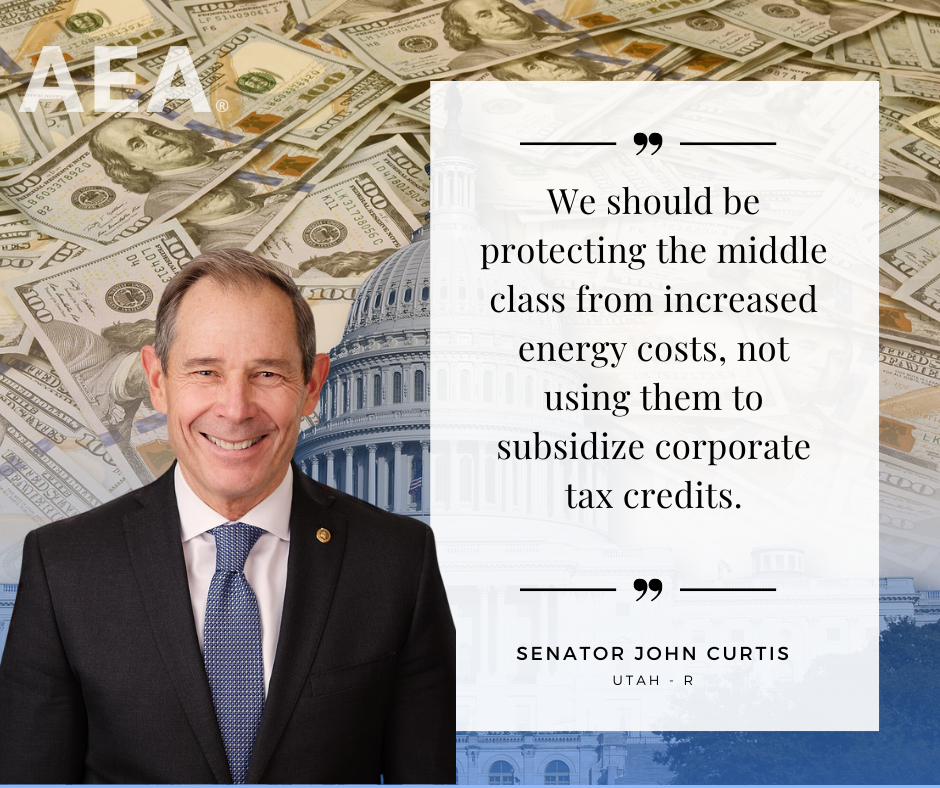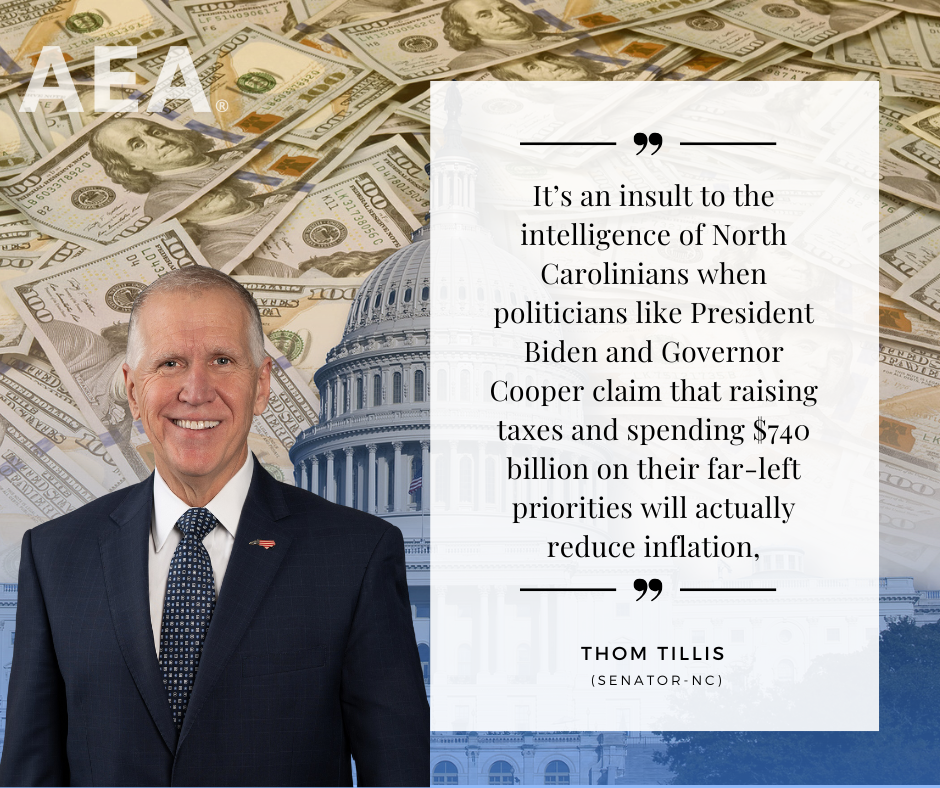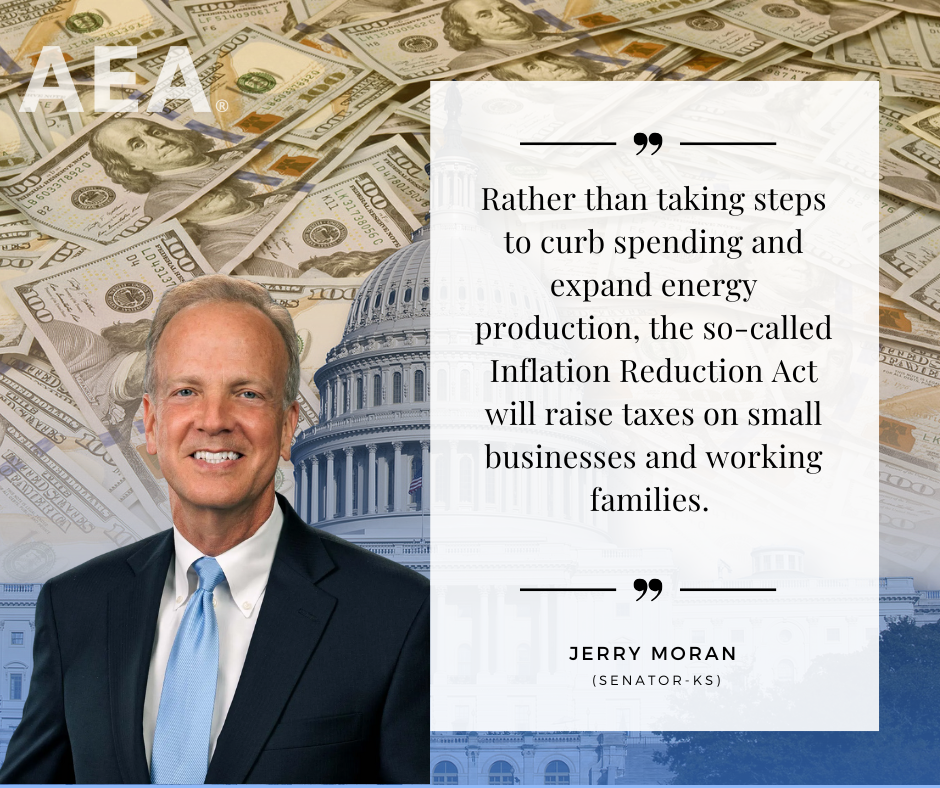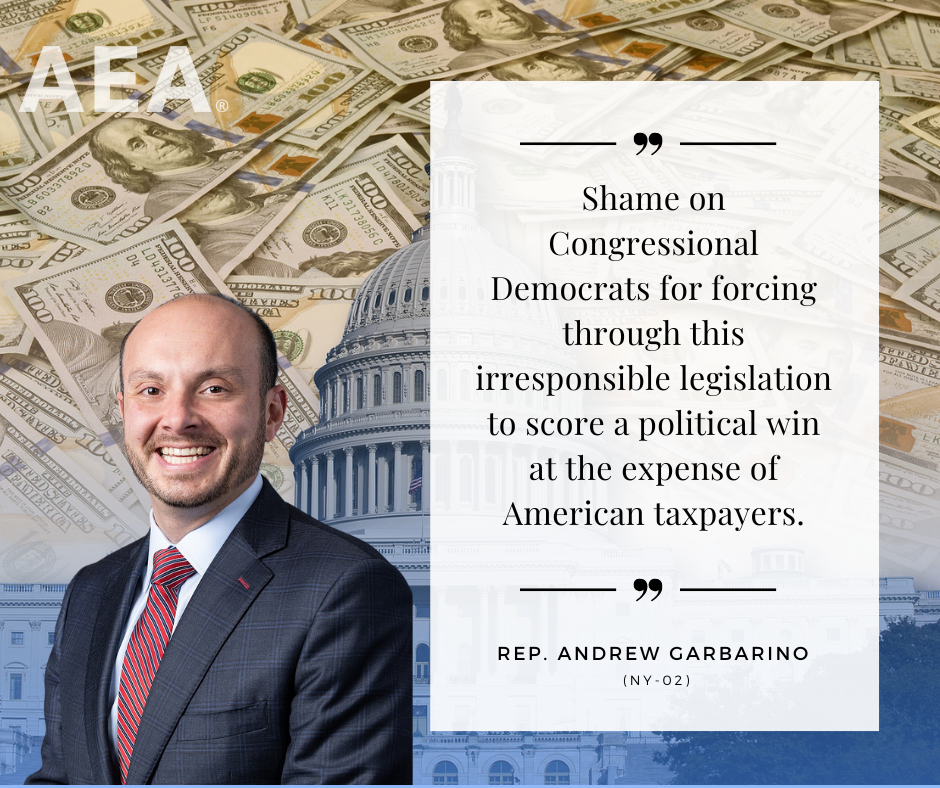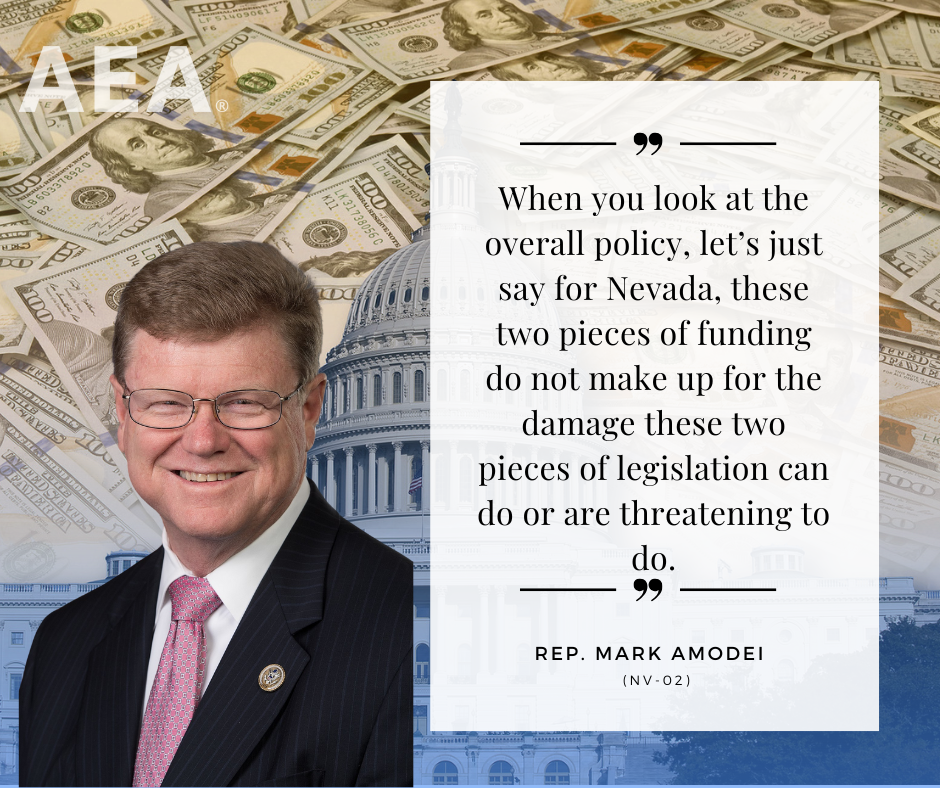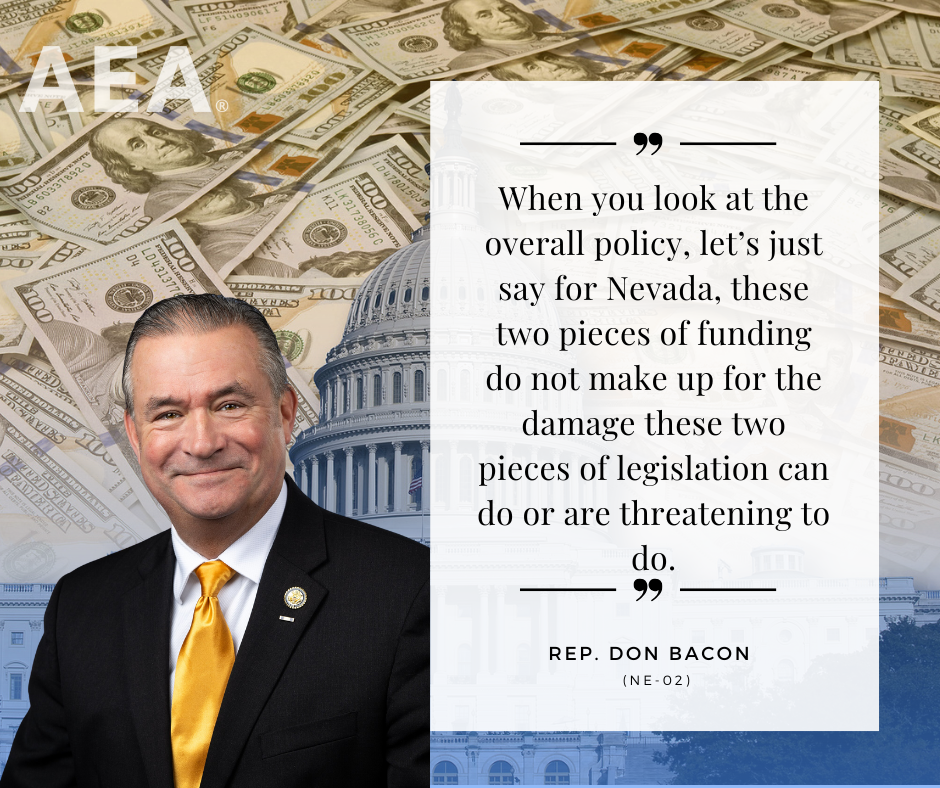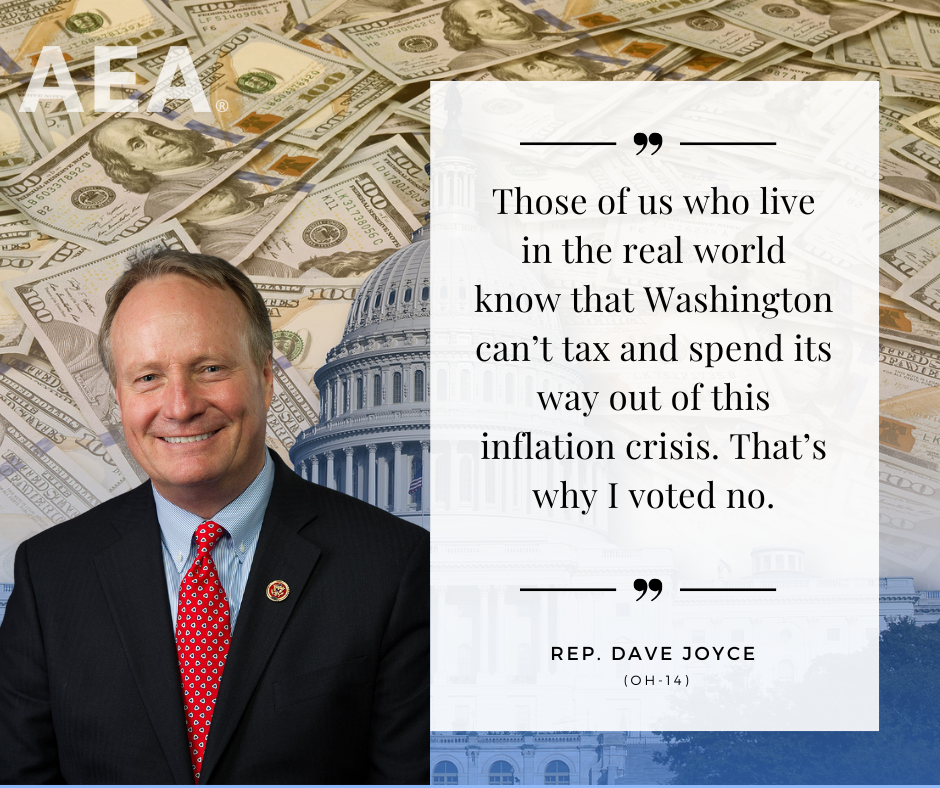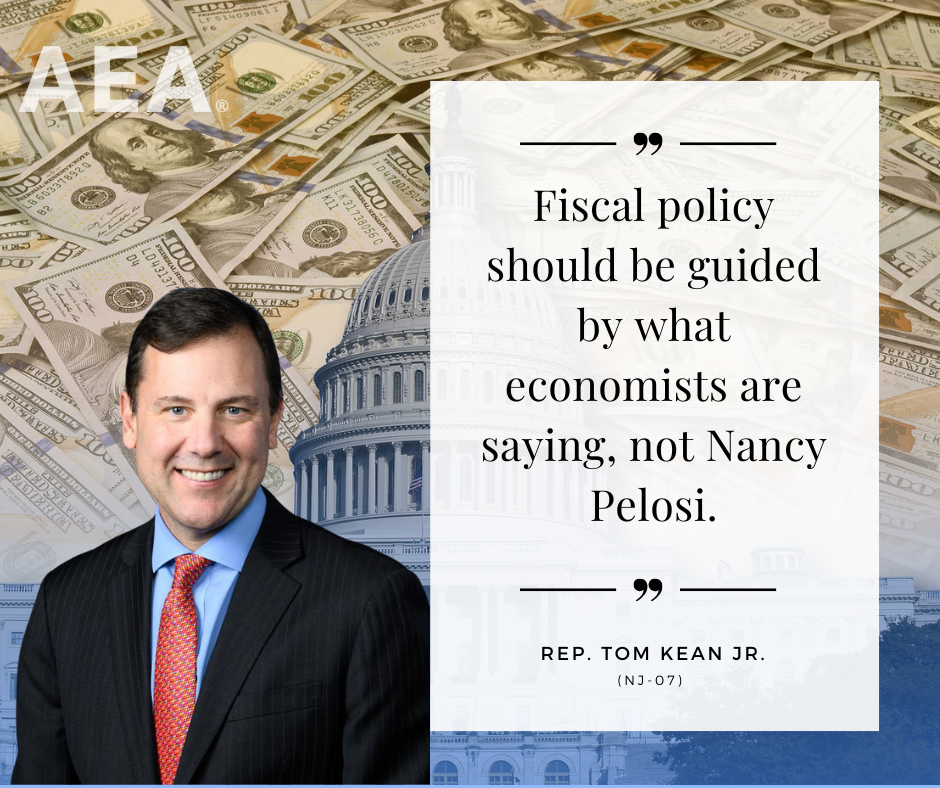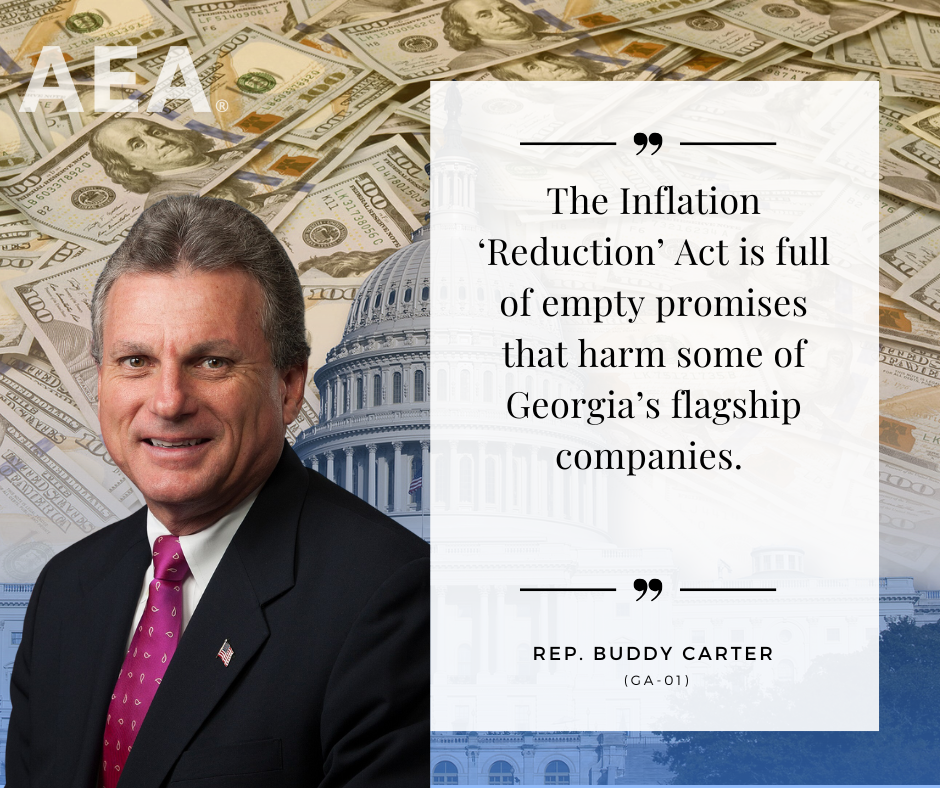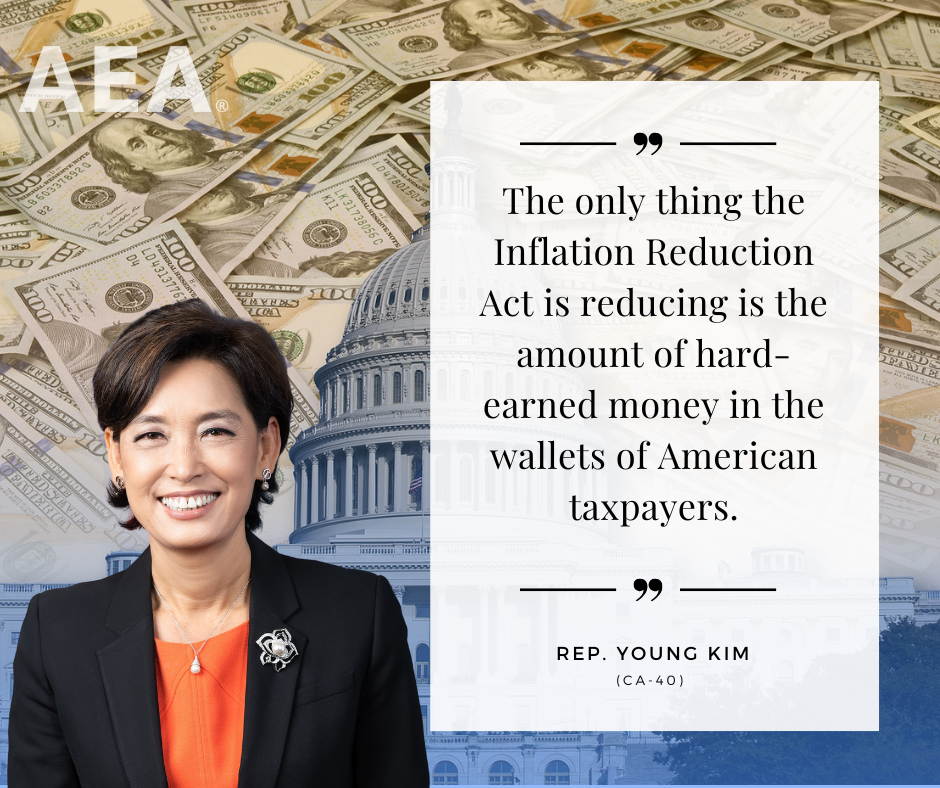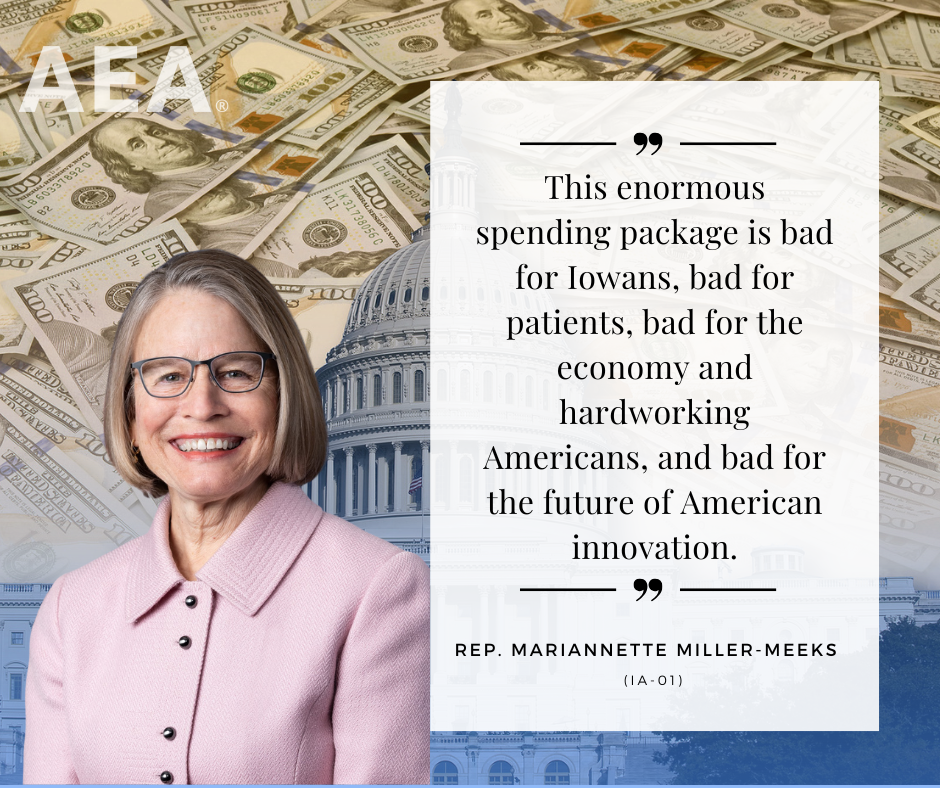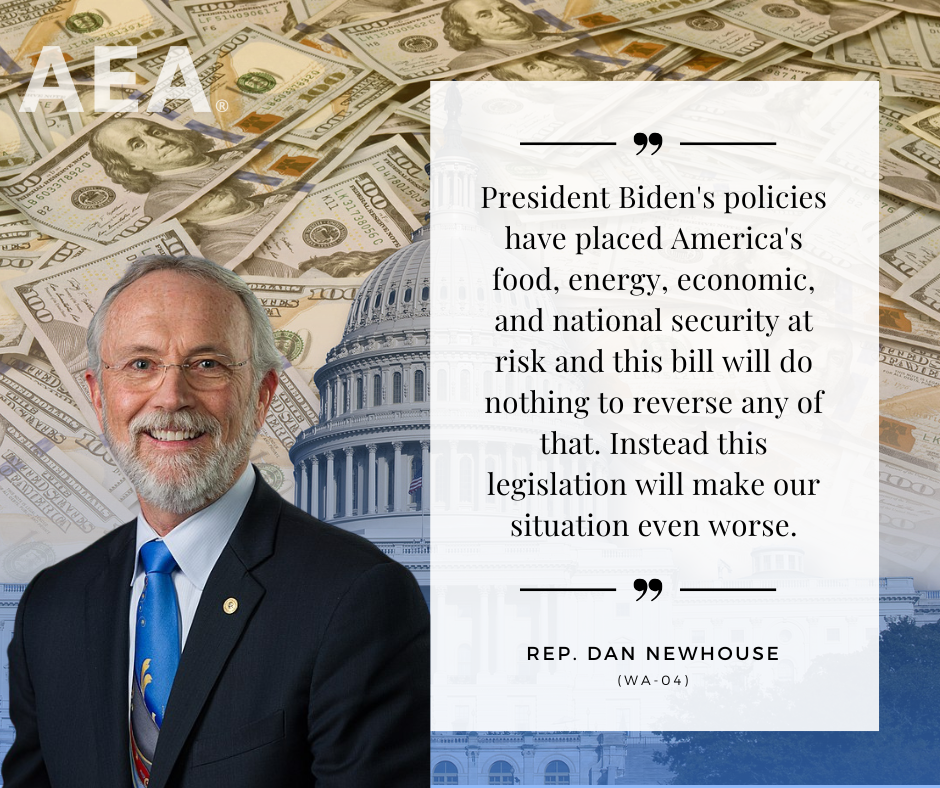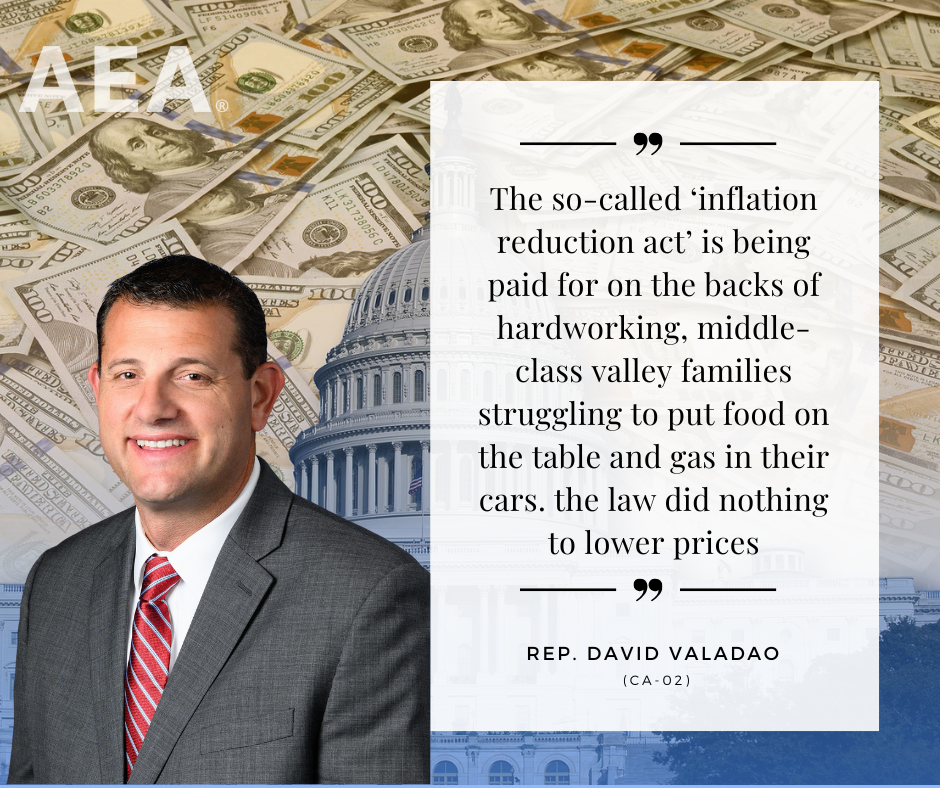Early Thursday morning, the House passed its version of the Republican reconciliation legislation package. The two main goals of the legislation are extending the 2017 Tax Cuts and Jobs Act and rolling back the 2022 Inflation Reduction Act (IRA). Republicans made a lot of changes over the past week, with conservative members of the House achieving important changes to the bill. Late changes accelerated some of the energy subsidy phase-outs, leaving a package that, while far from perfect, strikes a major blow against the destructive distortions the IRA imposed on the US energy industry.
The two most welcome components of the package are a termination of the expensive and unnecessary electric vehicle tax credit at the end of 2025, with a limited one year extension for companies that have sold fewer than 200,000 electric vehicles, and a rapid phase out of the production tax credit for wind and solar electricity generation.
The cost of the EV tax credit had ballooned from the original IRA estimate as the Biden administration bent rules to increase eligibility and circumvent domestic mineral sourcing requirements. The subsidy was one element of the Biden administration’s de facto electric vehicle mandate, which sought to force Americans into cars chosen by the government rather than consumers. Its termination is welcome and needed.
The second major success of the reconciliation package almost didn’t happen. In the initial draft legislation, wind and solar subsidies were not to begin phasing out until 2029 or later. This distant phase-out was a dodge, letting legislators today pretend they were taking action, but with the expectation that a future Congress would quietly revive and extend the subsidies, as has happened so many times before. On this point, however, some House members took a stand against these destructive subsidies, which increase electricity prices and destabilize the electric grid. The final House legislation ensures that only projects that begin construction within 60 days of the passage of the reconciliation package will be eligible for the credit phase-out. Ensuring that the credits terminate under this Congress and this president is crucial, increasing the likelihood that the credits may actually stay dead.
The legislation is far from perfect. Some subsidy programs from the IRA, for example, for biodiesel and nuclear, are still set to continue. And the legislation fails to rescind billions of dollars in unspent funds from the IRA. Some members of the Senate have also claimed that they are going to fight to extend the wasteful and destructive IRA subsidies that the House has targeted for elimination. This would be a mistake; the only way to ensure that these subsidies terminate is to make sure that they terminate quickly. The longer the phase-out period, the more likely that the “temporary” program becomes permanent. The IRA subsidies are harmful and should all be repealed immediately. The House reconciliation package gets close to that goal in many ways, the Senate should not move its version in the wrong direction.

